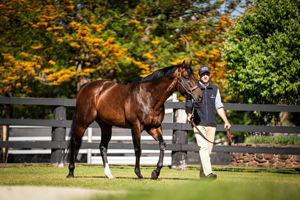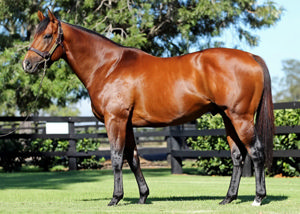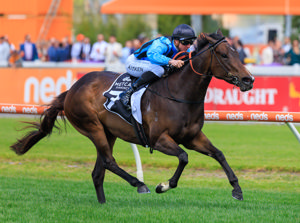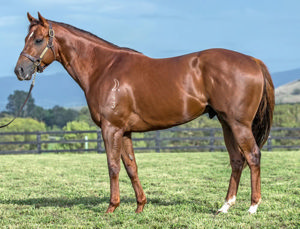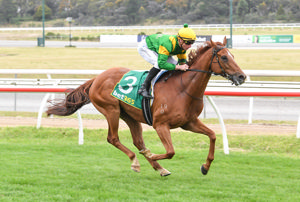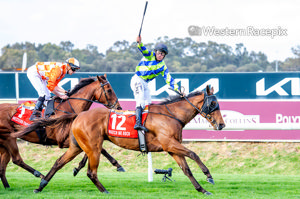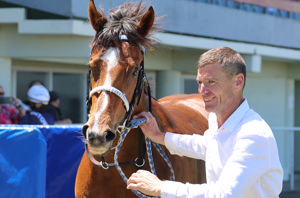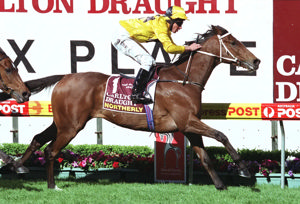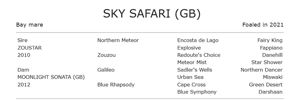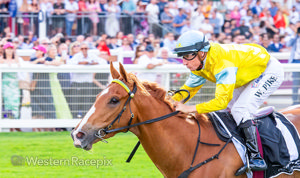It is an unfortunate fact of life that it can take many years before a breeding and/or racing activity can generate a profit and tax losses are highly likely in the early years.
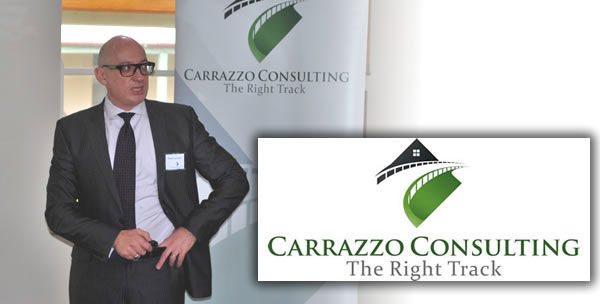
The ATO is fully aware of this reality and the tax savings potentially available from using these losses. In response they introduced special rules, the Non-Commercial Loss (NCL) Rules, for individuals (alone or in partnership). These rules placed special conditions as to when individuals can claim these losses – possibly never in some circumstances.
These rules are difficult to meet and any ATO relief, albeit temporary, should be very welcome.
On 11 May 2022, the ATO issued draft Practical Compliance Guideline PCG 2022/D2 titled Non-commercial business losses — Commissioner’s discretion regarding flood, bushfire or COVID-19. In effect, this guideline makes it easier for individuals to claim losses in the year they are incurred where special circumstances involved floods, bushfire, and of most relevance, Covid-19.
Once finalized, the guideline will apply for the 2020, 2021 and 2022 income years.
1.0 Background
The NCL rules prevents an individual’s losses from non-commercial business activities being offset against the individual’s other assessable income in the year the loss is incurred.
The loss is deferred to be offset against future income from the same business activity (e.g., horse breeding), unless:
- the individual meets the income requirement (i.e., “adjusted taxable income” (ATI) – refer definition below) from other activities is less than $250,000 and the business activity satisfies one of the following four tests:
• Assessable income test - the business produces assessable income of at least $20,000 for the income year;
• Profits test - the business has produced a taxable income in three out of the last five income years (including the current income year);
• Real property test - the value of real property (i.e. land and buildings) used in the business is at least $500,000; or
• Other assets test - the value of certain other assets (e.g., trading stock and depreciating assets - excluding cars, motorcycles and similar vehicles) used in the business activity is at least $100,000.
- the individual has a business activity that is eligible for an exception; or
- the ATO exercises its discretion to allow the loss for the business activity for one or more income years. It is these rules that have been modified in this new PCG.
For reference, Adjusted Taxable Income (ATI) noted above includes the sum of:
- Taxable income for that year (e.g., wages less work-related deductions);
- Reportable employer superannuation contributions (“RESCs”) for that year;
- Total net investment losses for that year; and
- Reportable fringe benefits for that year.
2.0 ATO relaxes the exercise of its discretion
The ATO’s discretion can be exercised in relation to a business activity for one or more income years if the Commissioner is satisfied that it would be unreasonable, by reference to the circumstances specified, to defer the losses.
One of the circumstances in which the discretion may be exercised is where the business activity was or will be affected by special circumstances outside the control of the operators of the business activity, including drought, flood, bushfire or some other natural disaster. This discretion is for situations where the business activity was or will be affected by special circumstances that caused it to fail to satisfy one of the four tests or make a profit in the relevant year.
Special circumstances outside of the control of the operator of the business activity are those which:
- are sufficiently different to distinguish them from the circumstances that occur in the normal course of conducting a business activity;
- have materially affected the business activity, causing it to not satisfy any of the four tests.
In recent years, special circumstances such as flood, bushfire and COVID-19 impacts may have caused the non-commercial loss rules to apply to a taxpayer’s business. If this happens, and a taxpayer does not meet one of the other requirements for the loss to be offset against their other income, the taxpayer will need to seek the ATO’s discretion to allow them to do so.
- The Draft Guideline “safe harbour”
The draft Guideline proposes a safe harbour that, provided the following conditions are satisfied, means that an individual can manage their tax affairs as though the ATO has exercised the discretion to allow the loss in relation to tax years 2020-2022 inclusive.
N.B. As at the time of writing, many individuals impacted by these new rules would have lodged their 2020 and 2021 tax returns, thus they will have to be amended, within the correct ATO timeframe, to take advantage of the losses that will become retrospectively available under these new rules.
3.1 Safe harbour conditions
An individual will qualify for the safe harbour where the relevant business activity made a tax profit in the immediately preceding income year and they can satisfy all of the following criteria in an income year:
(a) the taxpayer satisfied the “less than $250,000 ATI” income requirement;
(b) the taxpayer made a loss from the business activity;
(c) the business activity was affected by one or more of the following events:
- flood (including where the taxpayer received ATO flood support);
- bushfire (including where the taxpayer qualified for an ATO bushfire lodgment and payment deferral); or
- a government-imposed lockdown, business closure and/or restriction due to COVID–19;
(d) the event meant that:
- the taxpayer was not able to carry on the business activity, or was unable to carry it on to the same scale as it was usually carried on; or
- some or all customers were not able to access the business activity, or access it in the same way as they usually would;
(e) the taxpayer has not applied for a private ruling requesting that the ATO exercise the ‘special circumstances’ discretion in relation to the business activity in the relevant income year; and
(f) the taxpayer has evidence to support eligibility for the safe harbour.
N.B. The draft Guideline only applies to the ATO’s discretion relating to “special circumstances.” It does not apply to the ATO’s discretions relating to the ‘lead time’ limbs or the blackhole expenditure limb.
3.2 Main changes to current NCL rules
These draft guidelines vary from the current NCL “special circumstances” discretion rules in the following primary areas:
- They only relate to the 2020-2022 tax years inclusive;
- Eligibility is self-assessed and no private ruling is required to be lodged – a far less costly and time saving solution. However, there is an “evidence to support” requirement – the final draft will expand on what evidence is required;
- They can only be applied if a tax profit was made in the previous year; and
- Only three types of “special circumstances” are considered, e.g., you are not eligible if your stock was affected by an equine virus like EI.
Example of COVID–19 - eligible to use new safe harbour
Mary operates a breeding business.
Mary meets the income requirement in the 2019–20 income year as her wages and investment income, after deductions, was less than $250,000.
The business generated a tax profit in the 2018–19 income year.
A government-imposed lockdown in response to COVID–19 meant that Mary could not operate her business from March to June 2020.
In the 2019–20 income year, the business made a loss. Mary maintains evidence of the lockdown’s impact on her business. In this case, Mary is eligible to use the safe harbour and can amend her return to claim her loss relating to the 2020 year.
Please do not hesitate to contact the writer if you wish for me to clarify or expand on any of the matters raised in this article.
PAUL CARRAZZO CA
CARRAZZO CONSULTING PTY LTD
801 Glenferrie Road, Hawthorn, VIC, 3122
TEL: (03) 9982 1000
FAX: (03) 9329 8355
MOB: 0417 549 347
E-mail: paul.carrazzo@carrazzo.com.au
Web: www.carrazzo.com.au

